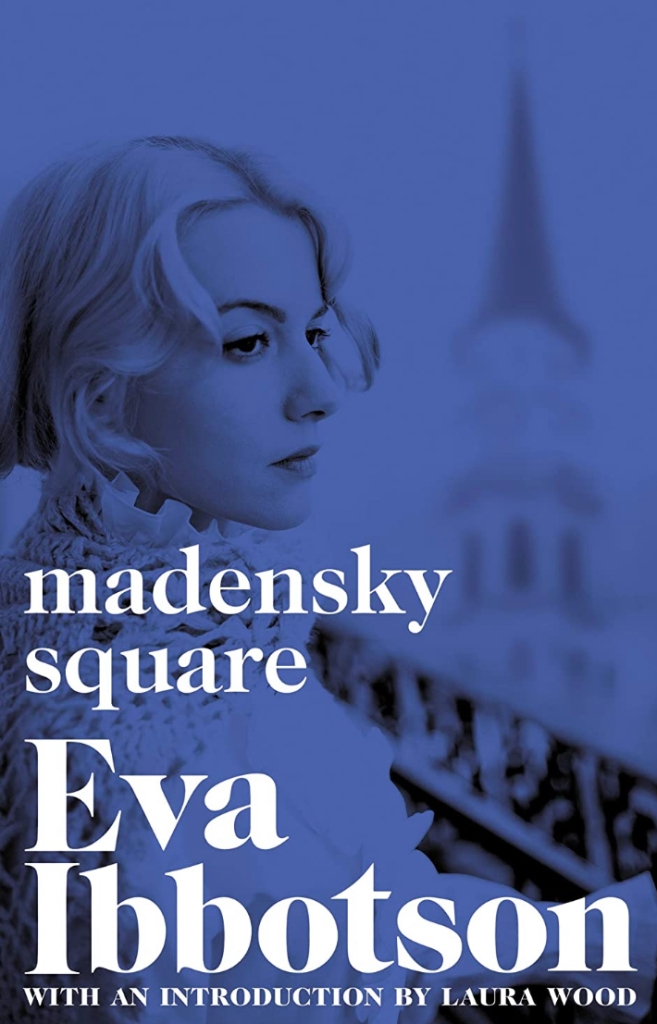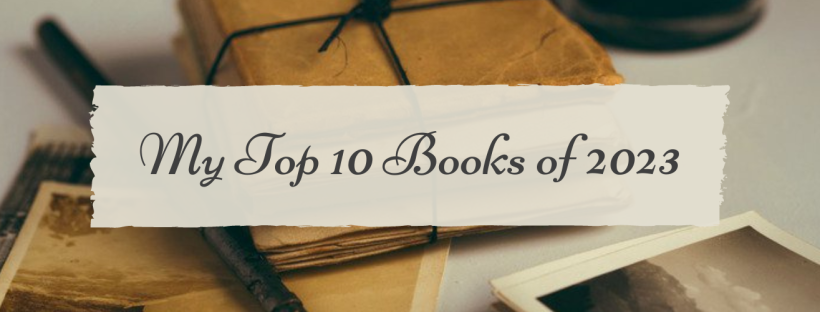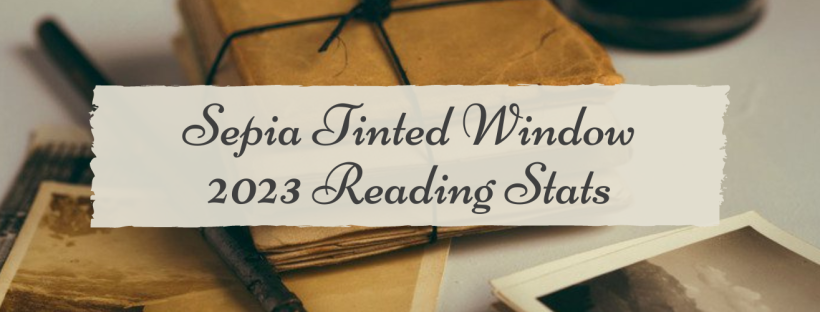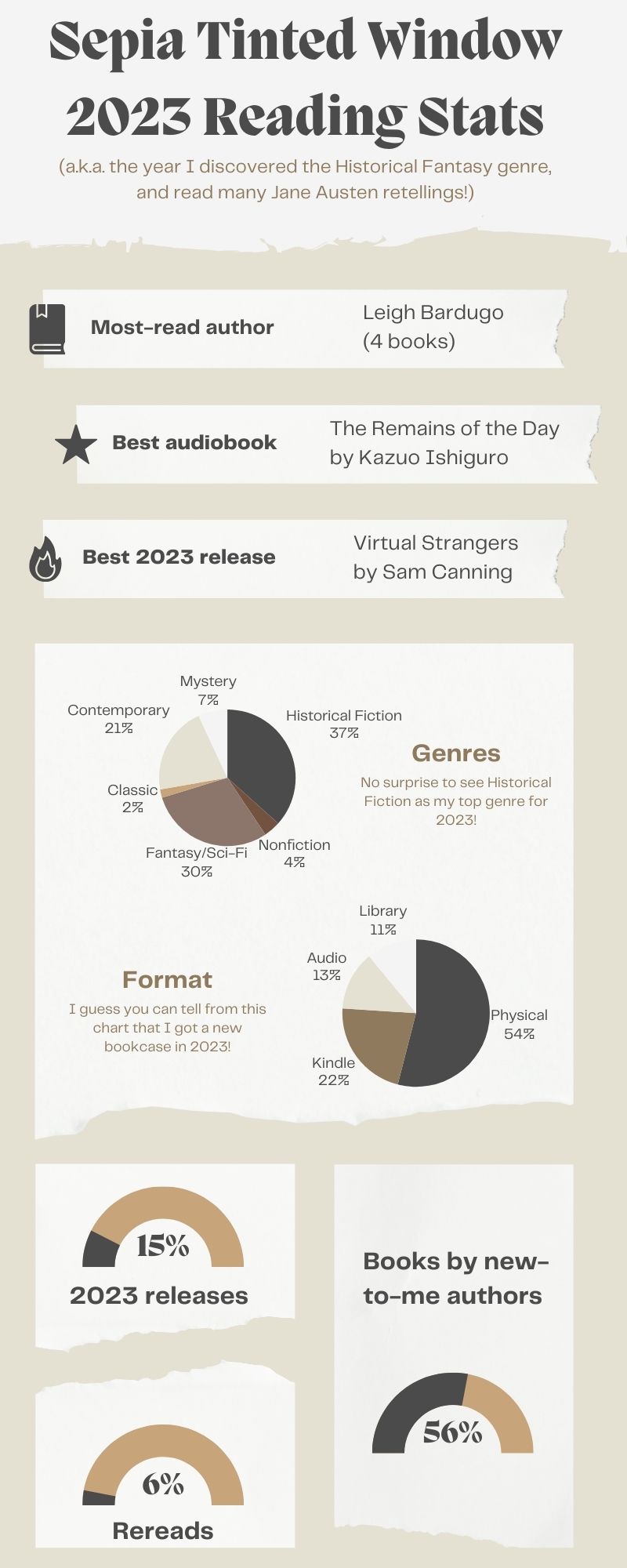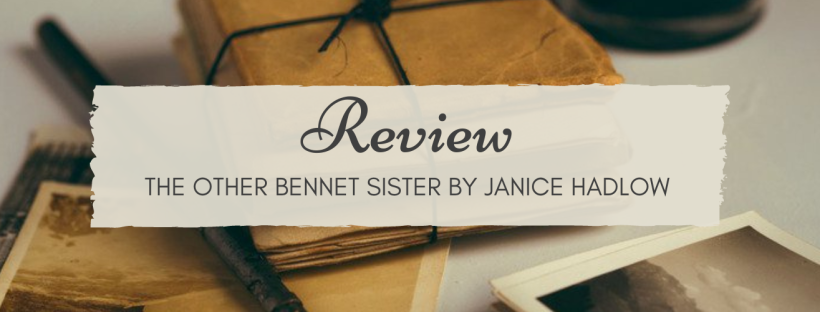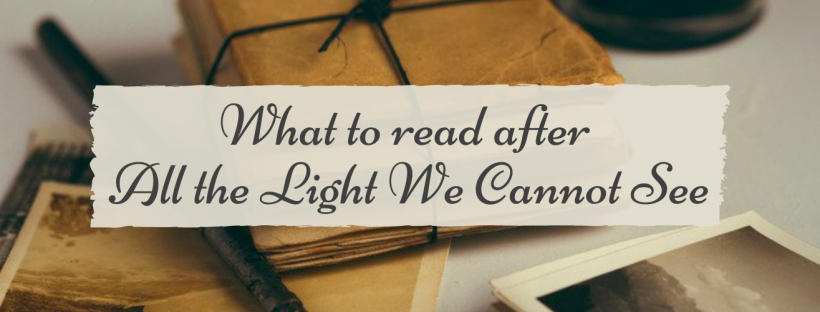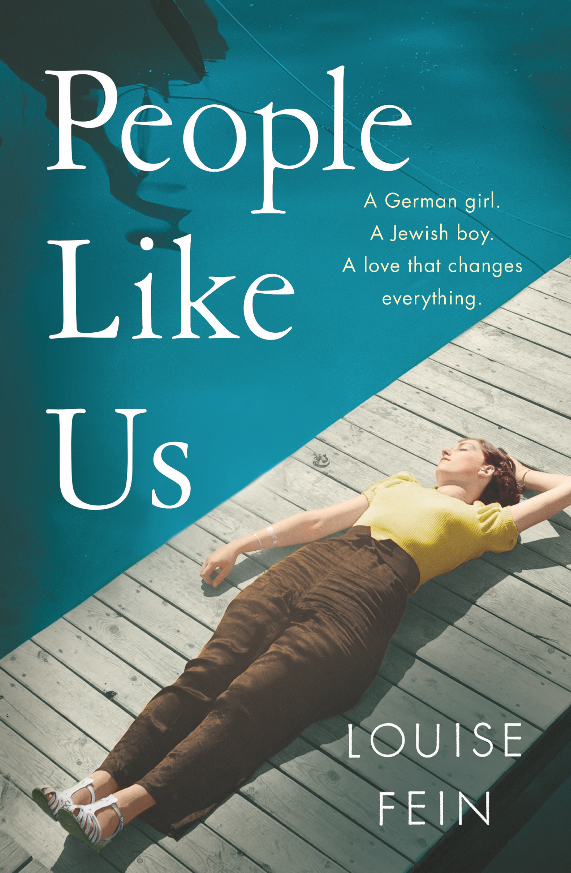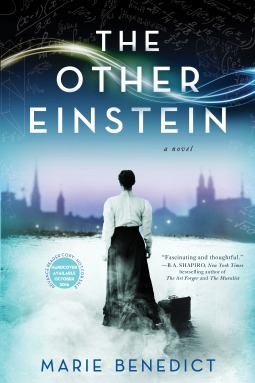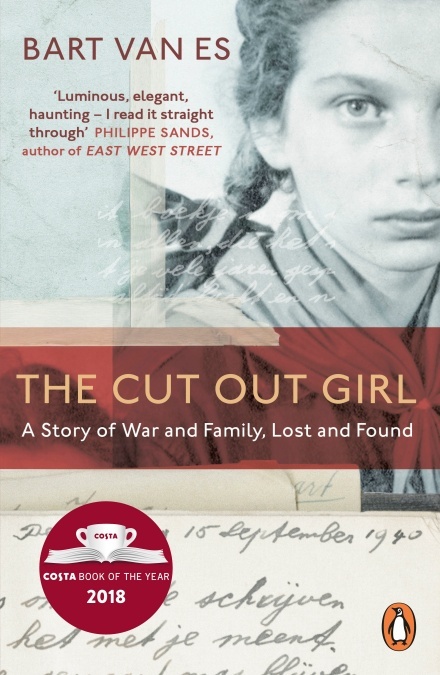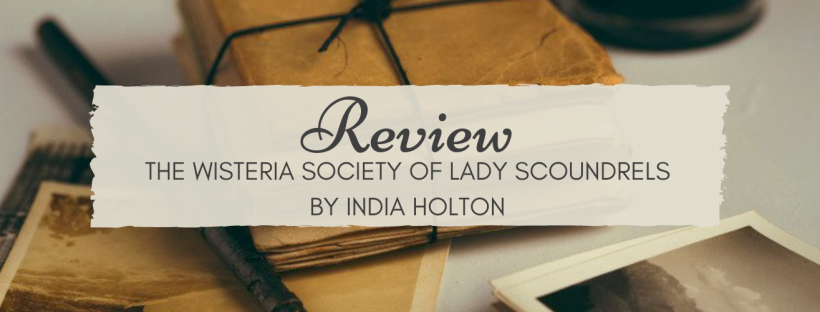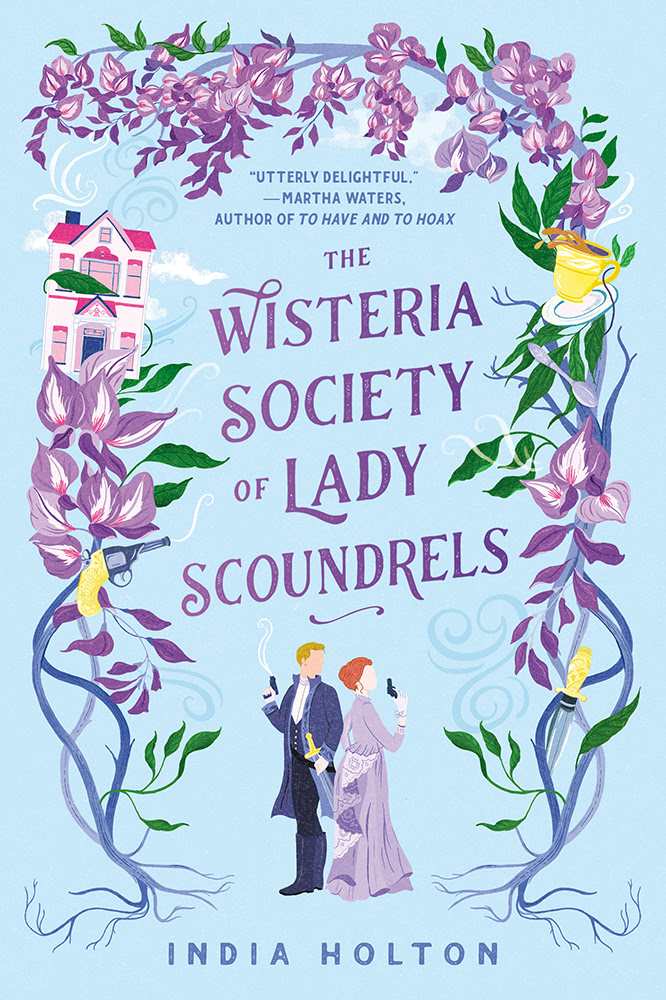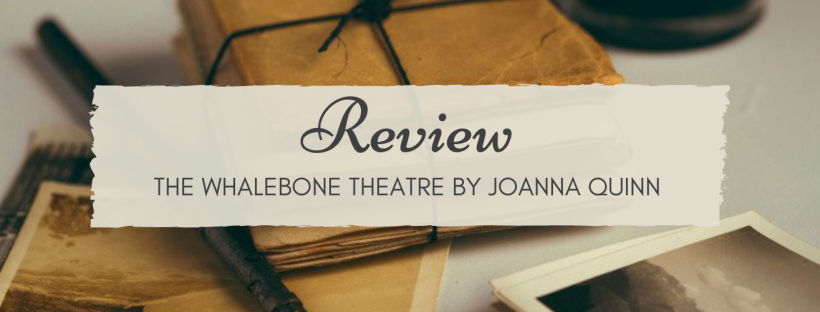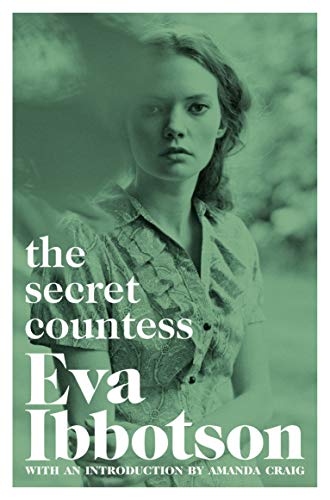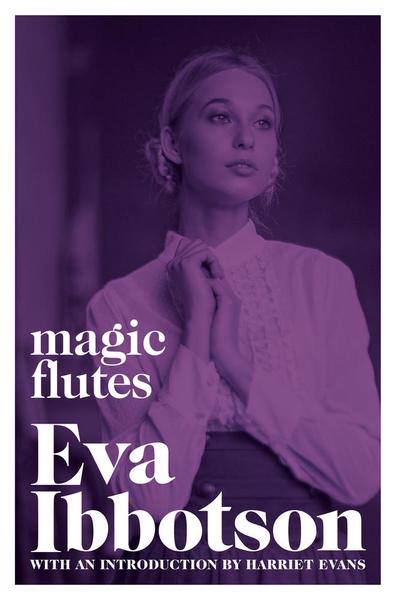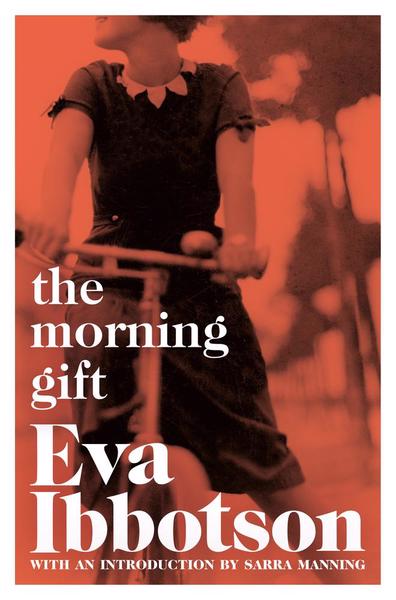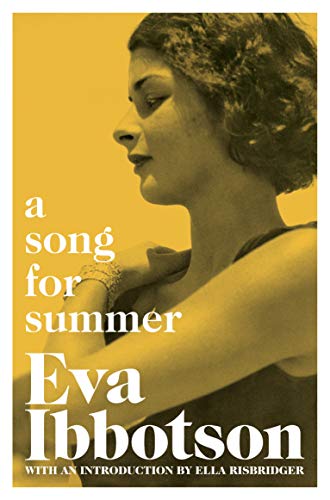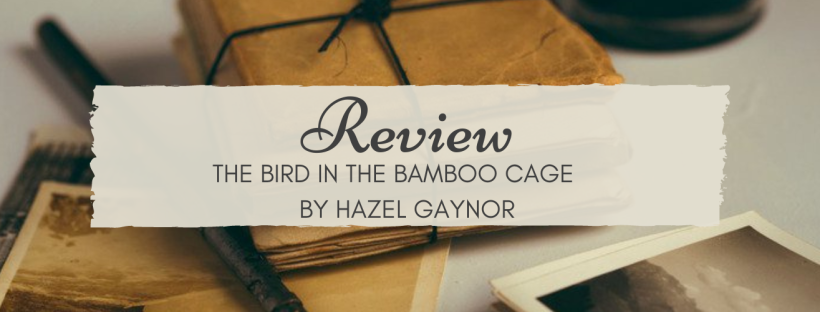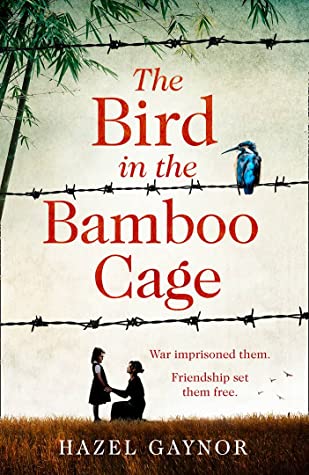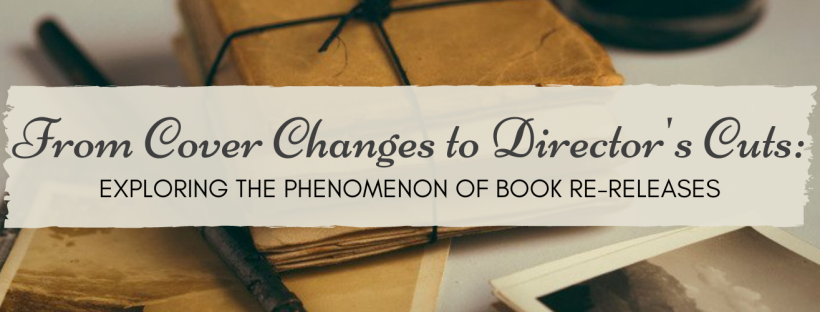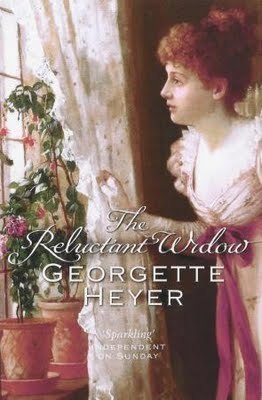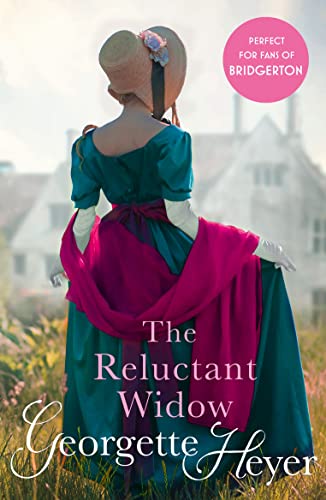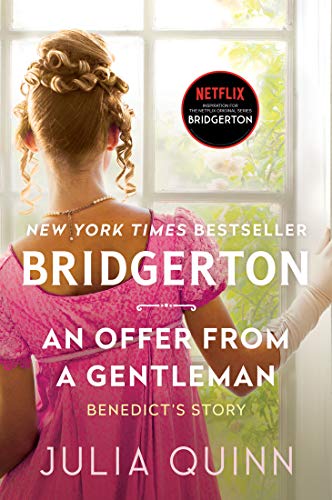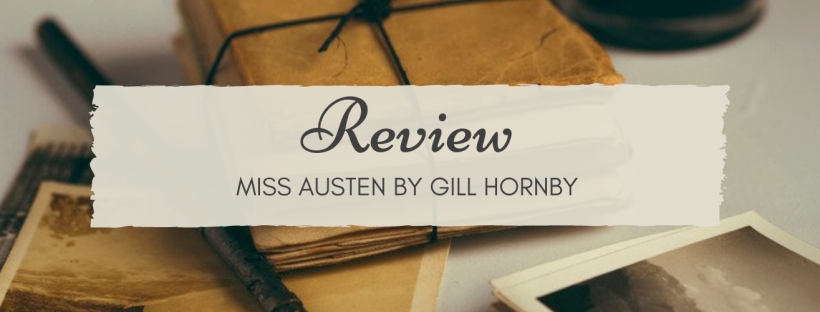Following my 2023 reading statistics post, I’m back with part two of my 2023 wrap-up content – which means it’s time to gush about all the best books I read in the past year.
Narrowing down a top 10 is a tricky enough task, never mind trying to rank the 10 books in question – so as always, I’m just listing them in chronological order of when I read them.
Miss Austen by Gill Hornby
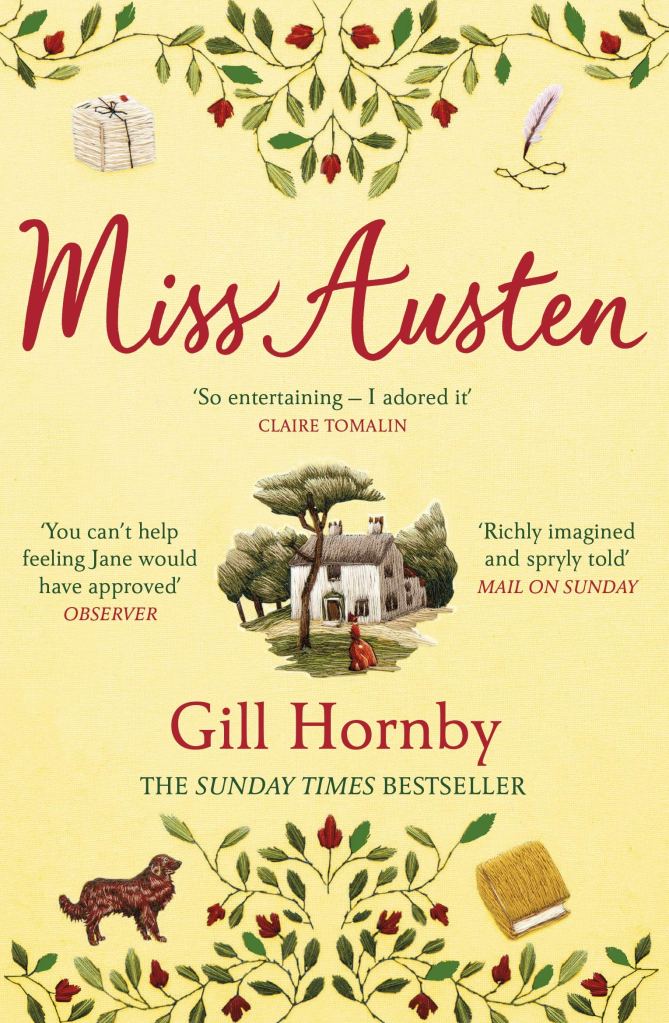
This is a novel for all Jane Austen fans who have ever wondered why Cassandra Austen burned most of her sister’s correspondence.
Gill Hornby’s proposed answer may only be fiction – but it made for a very satisfying read. I loved Hornby’s portrayal of Cassandra, and felt that she also captured Jane Austen’s spirit as she recreated imaginary versions of some of the destroyed letters.
Even if you’re not a huge Austen fan, there’s lots of interesting commentary about women’s struggles in early 19th century England.
Read my full review of Miss Austen here.
Ayesha at Last by Uzma Jalaluddin
Ayesha at Last is, in my opinion, everything that makes a great contemporary Jane Austen retelling. All the key Pride and Prejudice plot points are recognisable, but it’s strong enough in its own merit that I think it could be enjoyed by someone who’s never read Pride and Prejudice.
It was so great to read a Jane Austen retelling featuring an almost entire cast of Muslim characters. I loved Jalaluddin’s writing so much that I read all three of her published works in 2023 (the most recent of which is a Persuasion retelling).
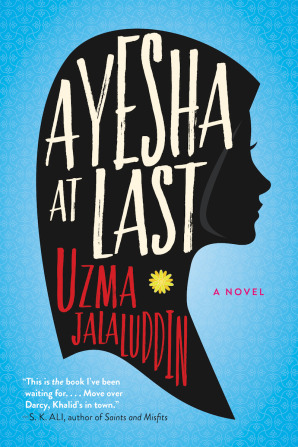
Beautiful World, Where Are You by Sally Rooney
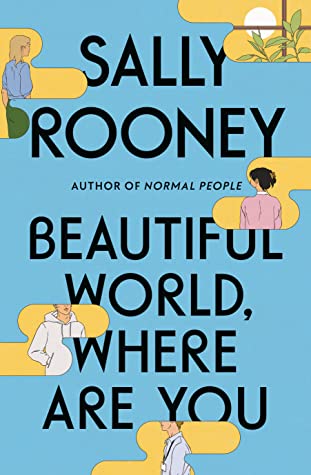
Sally Rooney’s writing just has a way of getting to me. After adoring Normal People in 2019, I was slightly scared to read her latest release – but I should never have doubted, because I adored this book too.
If you want to have an existential crisis about the state of the world then somehow have your heart stitched back together again within the span of a few hundred pages, then this is the book for you.
Oh, also you’ve got to be okay with really unlikable characters. Like, really unlikable.
The Remains of the Day by Kazuo Ishiguro
Read this book, and you will never be able to see Carson in Downton Abbey the same way again.
In all seriousness, this is a beautiful, subtle and lyrical meditation on class, loyalty and life choices. There really is very limited plot here – this book is all about the main character Stevens, the aging butler of Darlington Hall, who was so vividly portrayed that I felt as if I personally knew him by the end of the novel.
Apparently I was in a bit of an existential crisis era around this point in the year – because The Remains of the Day will definitely give you one too.
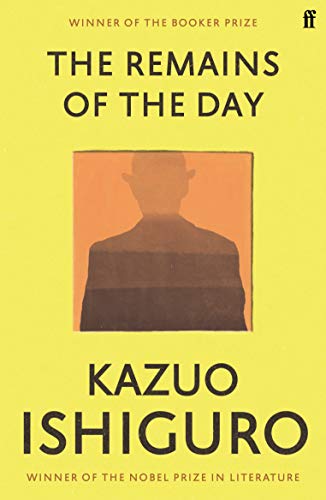
The Other Bennet Sister by Janice Hadlow
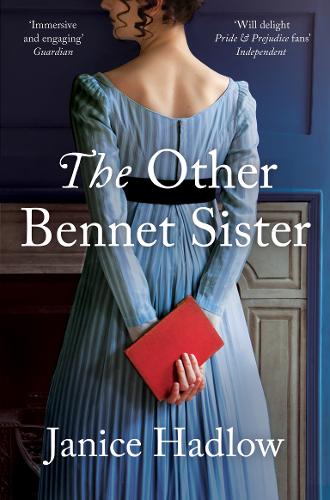
This doorstop of a novel is devoted entirely to the life of Mary Bennet – you know, the dull, prosy Bennet sister who pops up every so often in Pride and Prejudice to echo Fordyce’s Sermons.
Who would want to read that?! Well, me, apparently – with some trepidation. But oh boy, this book! Mary is still recognisable as the character we all love to hate – but thanks to Hadlow’s magic, by the end of the book I had come to care deeply for Mary, and was rooting wholeheartedly for her happiness.
Read my full review of The Other Bennet Sister here.
Half a Soul by Olivia Atwater
This book had me at the tagline A Regency Faerie Tale. Grumpy magicians and faerie curses crossed with a Regency-inspired setting is, in my opinion, a match made in heaven.
Throw in great characters, humorous writing and a swoony romance, and you have pretty much all of my top ingredients for a great read.
If you’re looking for a light-hearted fantasy read with some 19th century ballroom drama thrown in for good measure, then I can wholeheartedly recommend Half a Soul.
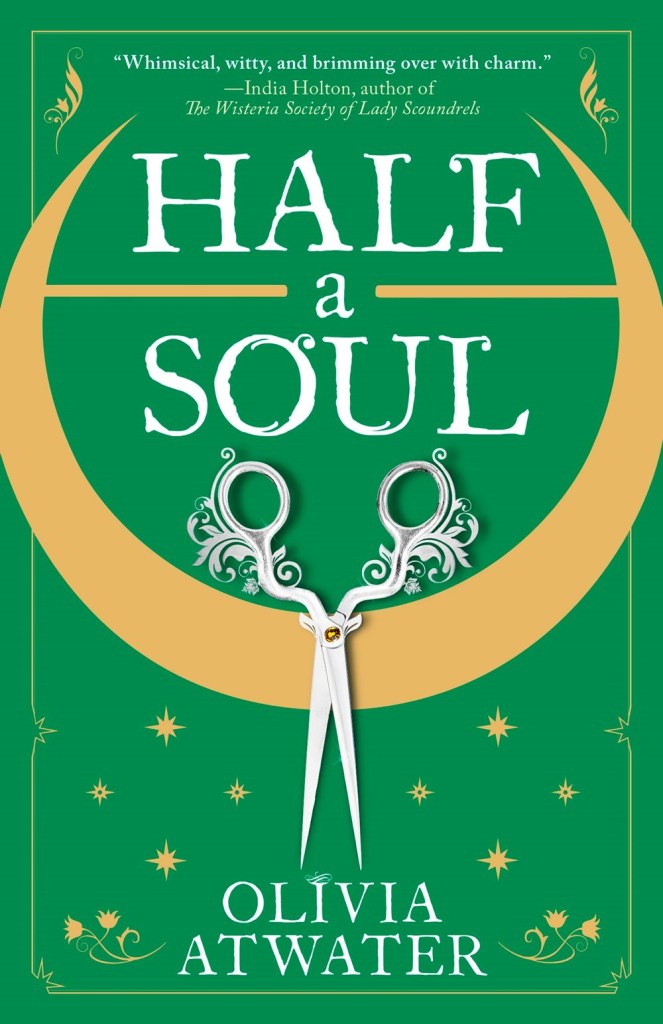
Virtual Strangers by Sam Canning
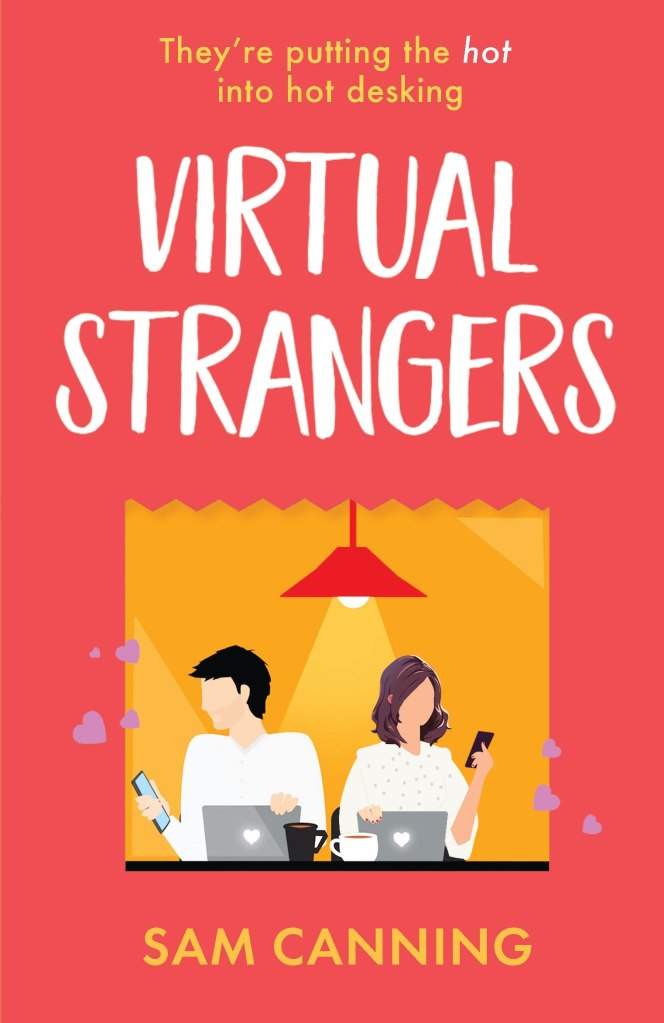
I tend to find these days that a lot of books marketed as fluffy rom-coms end up being pretty heavy – but to my delight, Virtual Strangers contained plenty of both rom and com.
It features a You’ve Got Mail-type scenario (which is apparently a trope I love despite never having seen that film), focusing on a hotdesking situation at a café in Edinburgh. I’ve never visited Edinburgh, but all the descriptions made me want to visit – and the writing felt comfortingly British in the best way (think GBBO, but without the baking).
The Whalebone Theatre by Joanna Quinn
The Whalebone Theatre is the epitome of an English country house novel, in that the house itself is definitely a main character.
Joanna Quinn’s debut is an interesting mix of family saga, adventure novel and lyrical WWII drama, which is a combination that really worked for me.
I loved getting to know the three Seagrave siblings as they came of age in their crumbling Dorset manor, and I was sad to leave them behind after turning the final page.
Read my full review of The Whalebone Theatre here.
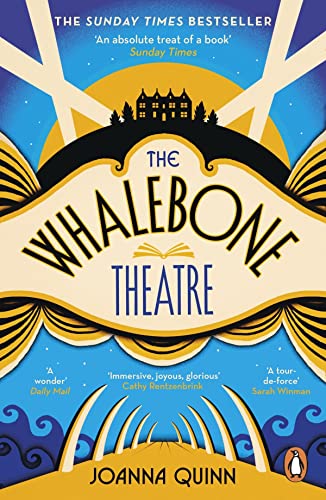
Crooked Kingdom by Leigh Bardugo
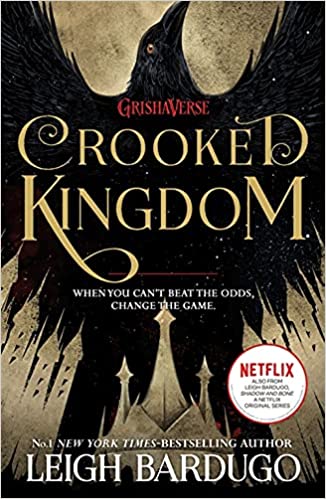
I finally got around to reading the Six of Crows duology in 2023, after years of putting it off for fear it wouldn’t live up to the frankly insane hype.
In conclusion, the hype was fully justified. I don’t know how Leigh Bardugo did it, but over the course of the two books these lovable, messy characters wormed their way right into my heart.
I did enjoy the first book, but the tension really cranked up a notch in this final instalment, and I was on the edge of my seat the entire time.
Madensky Square by Eva Ibbotson
Madensky Square is an epistolary novel in diary format, following a year in 36-year-old dressmaker Susanna Weber’s life in Vienna.
It might be a case of ‘right book, right time’, as I read it whilst on holiday in Vienna, but I think this might actually be my favourite of all Ibbotson’s historical novels.
This is a quiet, slice-of-life novel that oozes charm and elegance in Ibbotson’s trademark fashion – but it also had more depth and complexity than her historical romances, which I definitely appreciated.
